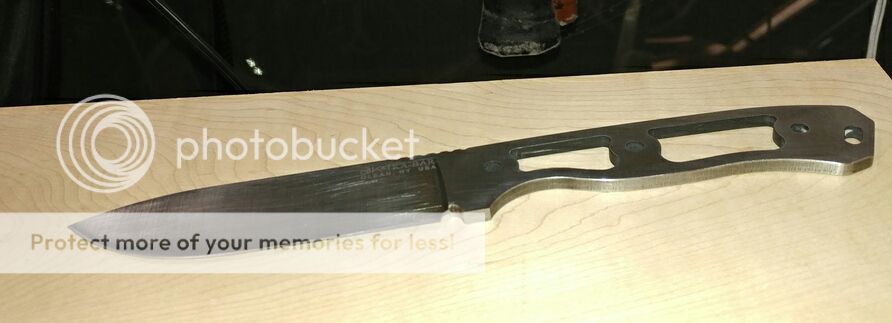- Joined
- Mar 31, 2011
- Messages
- 3,006
I got a sweet 16 for my b-day the other day.
First FFG one.
I just can't leave these stock.
Bought some fancy scales before the knife arrived, and had already cut some liners. But they're a bit proud and need to be trimmed back to fit flush with the handle.
So far it's just been stripped. Everyone here knows what that looks like, so no point in posting it up.
But I do expect to do a couple somewhat unconventional procedures to it, so I'll try to document those here as I go along.
Feel free to let me know what you think.
First FFG one.
I just can't leave these stock.
Bought some fancy scales before the knife arrived, and had already cut some liners. But they're a bit proud and need to be trimmed back to fit flush with the handle.
So far it's just been stripped. Everyone here knows what that looks like, so no point in posting it up.
But I do expect to do a couple somewhat unconventional procedures to it, so I'll try to document those here as I go along.
Feel free to let me know what you think.




